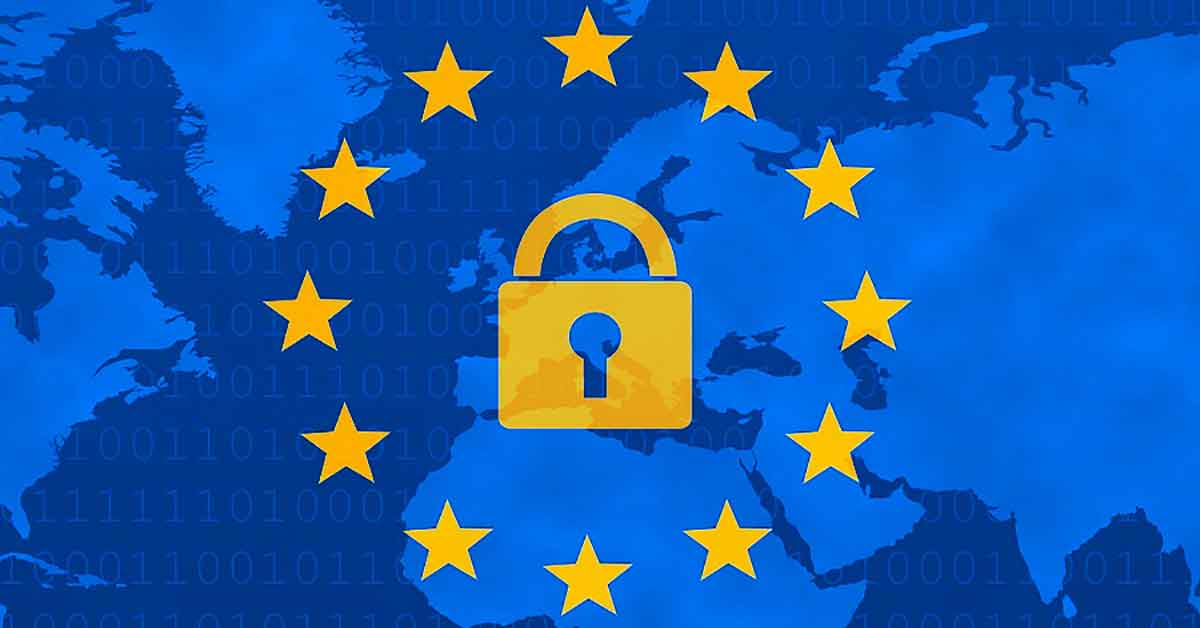How the GDPR Could Benefit Native Advertisers
May 25, 2018

After a two-year transition period, GDPR is going into effect. Advertisers must expect and prepare for some changes in the industry.
GDPR’s binding standards will apply to all companies who handle data within the European Union, even if those companies fall outside of the EU. The regulations affect data handlers who offer services and goods or who monitor the behavior of EU data subjects, regardless of whether subjects pay for the service.
Because of a previous but non-binding directive, many European countries have already prepared for the transition to GDPR requirements. However, non-EU countries without strict data privacy laws could have a difficult time changing.
The biggest change is that users are entitled to more information about how their data is collected and used. Under GDPR, users can control which information they share with data controllers. They also gain the right to opt out of data collection at any time.
We’ve already outlined the other ways GDPR affects existing data privacy regulations, but the legislation will have consequences specific to the advertising industry.
Mobile advertising will change
Where desktop uses cookies to target users, mobile advertising takes a more layered approach. Mobile advertising combines location, Wi-Fi, and built-in identification data to show users more highly targeted ads.
Though mobile advertising is surpassing desktop, the layered approach leaves some advertisers vulnerable. Consumers don’t necessarily have a relationship with every company that accesses their data. Many may not even know who is tracking their data.
Under GDPR, collecting data for distribution purposes without user knowledge or consent is illegal. Collecting data with permission will be more of a challenge for companies using mobile than it is for desktop. To comply with GDPR, data controllers must be forthcoming about how they collect and use data.
An opportunity for transparency
Despite these challenges, GDPR offers a good opportunity to gain consumer trust and increase brand transparency. Rather than being secretive about data, advertisers need to use the new regulation as a chance to be open about data collection and use. In an age where brand personalities and brand personalization is necessary to appeal to younger generations, honesty is paramount to brand success.
Mobile advertising is expected to drive 75 percent of all digital ad spend in 2018 and is driving the most growth worldwide. With such a huge market share at risk because of this legislation, it’s a good time for advertisers to assess how to take advantage of the market without failing to comply with guidelines.
The pivot to mobile advertising has created space for the concurrent rise of native advertising. One trend that has developed over several years is brands tightening their relationship with how their products are advertised. For some, this means working closely with small agencies.
For others, it means bringing more advertising in house, something which is made easier than ever by programmatic and other ad buying technology.
New strategies to fit new trends
One of the major benefits of in-house advertising is that it affords brands the most possible control over their creatives. The other major benefit is that brands often have more first-party data than an agency might because they can gather consumer data by directly interacting with customers. This is especially true for companies who primarily operate online.
GDPR will probably cause a fluctuation in the number of customers allowing companies to process their data. However, companies who ask to process data in a transparent manner and with a clearly defined purpose will benefit from using that data to shape an in-house advertising strategy.
With native advertising, brands can target different segments without needing tons of user data. This is especially true when combining social and content marketing. Simply monitoring trends and conversations happening on social platforms supports native and content marketing by providing valuable audience interest data.
Native advertisements also offer value to customers. Longer or informative pieces aren’t just ads, they’re resources. This benefits users, but it also benefits brands. Users are more likely to share their data with a company providing that type of value.
Another benefit of native advertising is that it places advertisements next to contextually relevant editorial content. This means companies will require less user data to place ads. It’s also historically successful on mobile because native is significantly less invasive than traditional banner and pop-up formats.
Though GDPR preparation is a lot of work for many companies, native advertising could be the tool in your kit that eases the transition to stricter data privacy laws.